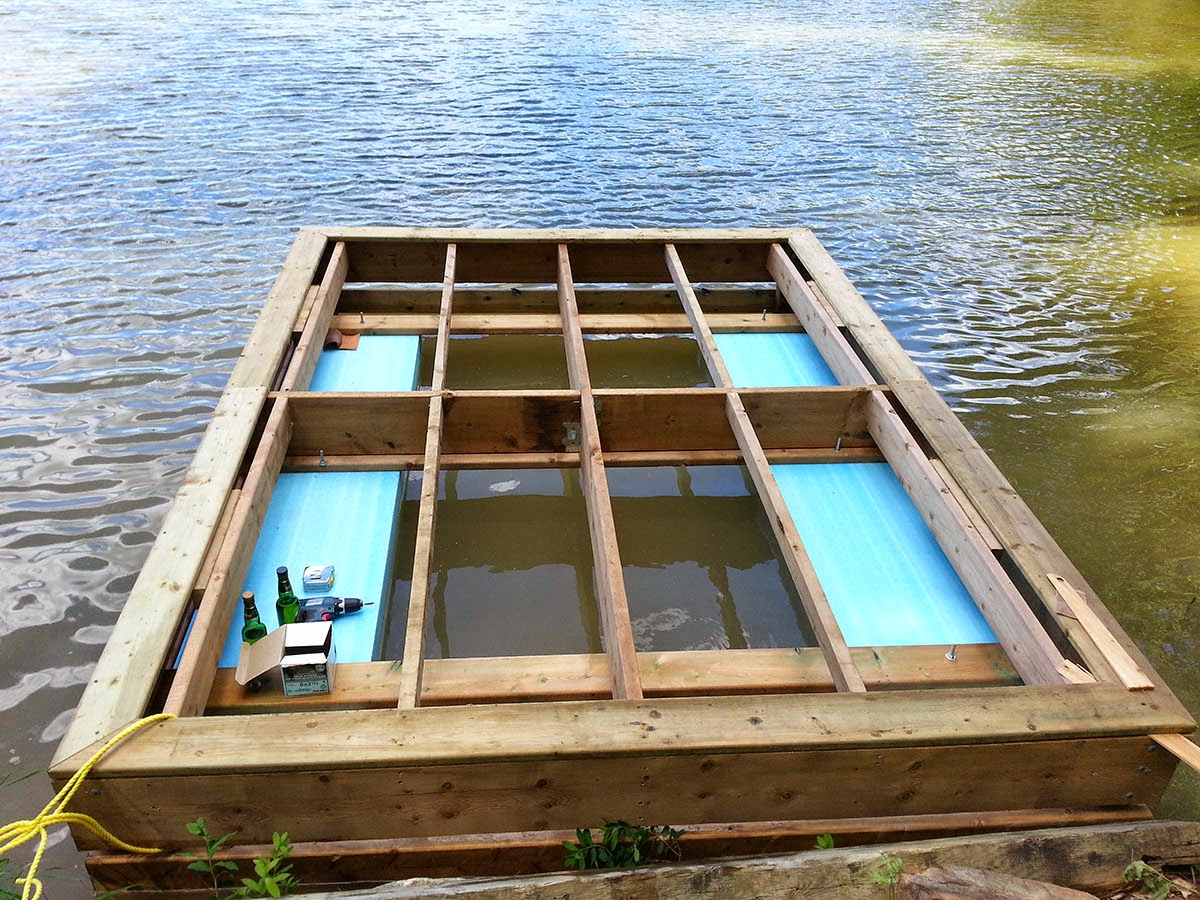After consulting a random plumber by trade in Rona, I decided to use this fairly new product called SuperPex (http://www.homedepot.ca/product/super-pex-pipe-red-1-2-inch-x-100-feet/990739) with SharkBite (http://www.sharkbite.com/) connectors. The SharkBite's have to be the best thing introduced to plumbing since, well, forever maybe? At least for the do-it-yourself home reno'er. Now keep in mind, the connectors are NOT cheap - $10+ per connector, but they are well worth the price in my opinion. You can connect ANY type of pipe together with the SharkBites - copper to abs, copper to pex, pex to abs ect. all with no glue or solder and it's push together. The key to making it not leak is to get a nice straight cut on the ends of your piping. I bought the $10 Pex cutter - very similar to this:
Get this. The plumber at Rona said when he first started he didn't have one and he found some connections would have a very slow leak. None of mine leaked by the way, as I used the cutter combined with a pipe cutter for the copper tubing I used for the outdoor shower.
Ok so moving on. I didn't document by photo quite as much as I would have liked but you'll get the general idea.
Step 1 - you want to create a level surface to put your tank on. We bought a 40 gallon tank from Rona for $250 (great price!). I also purchased 2 bags of gravel crush and 2 large patio stones. The idea is to level the dirt under where your tank will go, then put a couple inches of crush, followed on top by one of the patio stones. Make sure it's level in both directions! Last thing you want is for your tank to fall over or be sitting on a crazy tilt.
Once you have this leveled, install the top pieces that come with the tank. Be sure to get either a pipe wrench or an adjustable wrench to tighten these. Use a bunch of white plumbers tape around the threads too. The first time I attached these I didn't use enough tape and 2 of the joints leaked so I had to take it all apart.
The next step that I chose was to run all my lines. I thought this would be a good idea as I could deal with hooking into the cold water pump last in case for some reason I caused everything to explode, we wouldn't be without some running water...
It's pretty self explanatory, but what you have to do is tie in everything from one source (that goes into the 'out' at the top of the hot water tank). How you do this is up to you, but I ran the following plumbing:
Because the SharkBite connectors are so expensive, I chose not to use 90 degree angles for my piping. If I had an unlimited budget, sure, but I wanted to keep the costs reasonable so I just curved the SuperPex around corners. It looks a bit messier but with the clips to attach it to the underside it cleaned up fairly nicely. Here's a few photos of what it looks like. Oh, and don't forget to buy shutoff valves for the line in and the line out of your hot water tank. Very important.
Here's a shot of the cold water pump with the pvc piping it's using and the new hot water tank beside. You can see those connectors I mentioned earlier at the top of the hot water tank.
Here's a shot of the shut off valve, and one of the 'T' connectors you'll need to split your water. The line on the right runs up to the kitchen. The line in the middle is what is running back to the bathroom and outdoor shower.
Another shot of the original cold water plumbing on the left and the new SuperPex lines on the right and middle left.
Here's a somewhat confusing shot of the cold water pump lines. The big black line is what is coming from the lake into the pump. The white line on the bottom is the 'out' of the cold water. You can see where I tied into the cold water to run it into the hot water tank. (red line in the middle). Here's a clear example of how awesome the SharkBite connectors are, all I did was to use the pipe cutter on the white pvc to cut the line straight and then put in a 'T' SharkBite connector. No glue, no mess and no leaks! Totally worth the pricetag here.
Here's a closeup shot of the cold water running into the hot water tank with a shutoff valve.
So next up are a few photos of the inside plumbing. Again, the SharkBites have all the connectors you need - here's a shot of the hot water line connecting to the steel braided line that attaches to the faucet. This was in the kitchen.
Below is a shot of the bathroom lines. Again, I used SharkBites on the cold and hot. So awesome and easy.
And that's it for running the main lines! Next blog post is details about the outdoor shower. I figure it would be best to just create separate posts so it's easier to reference. Be sure to let me know if you have any questions if you plan on doing this. It seemed really daunting at first but now that's it done, I found it was actually pretty easy. Set aside a full day to get it done though, it took us a bit more time as I was installing a new bathroom vanity and kitchen faucet.






















